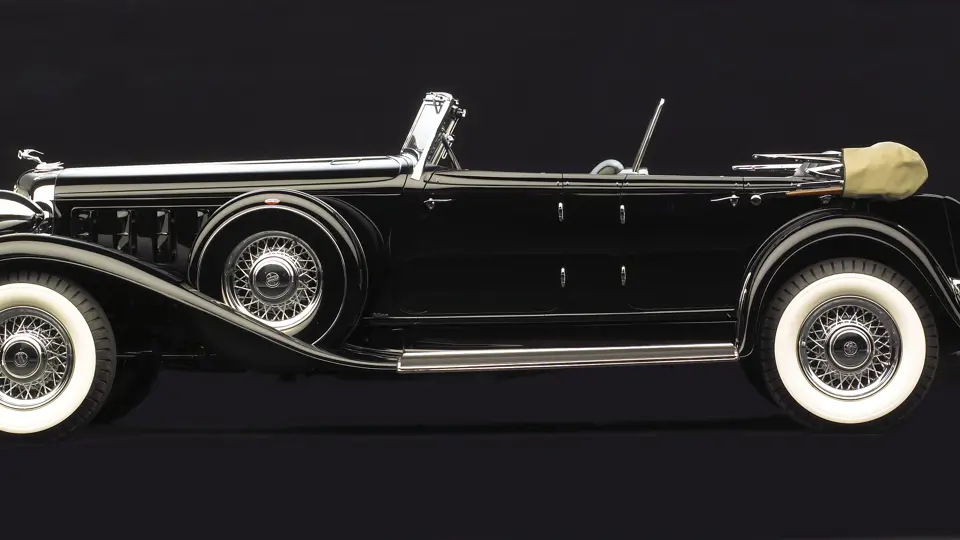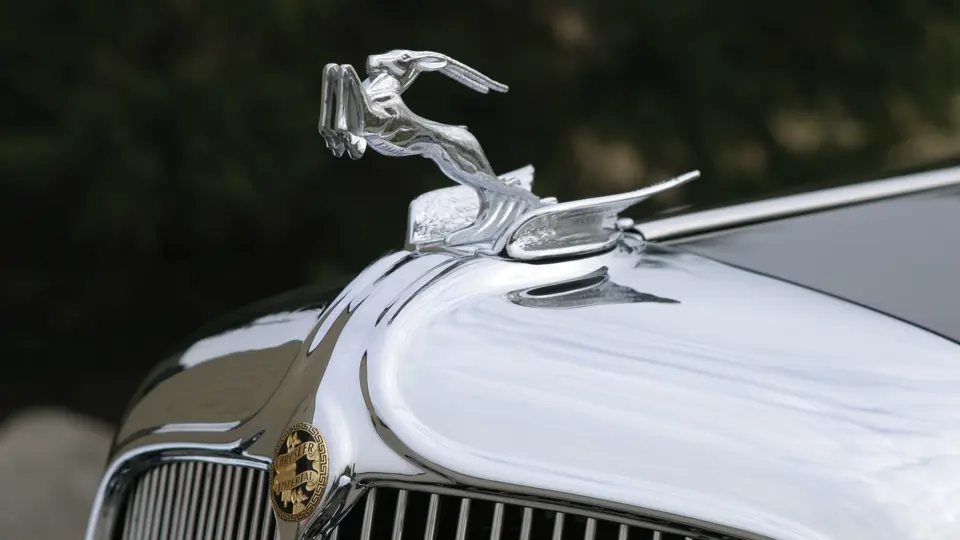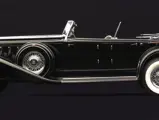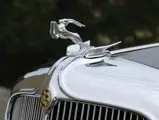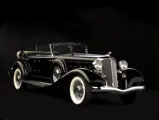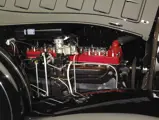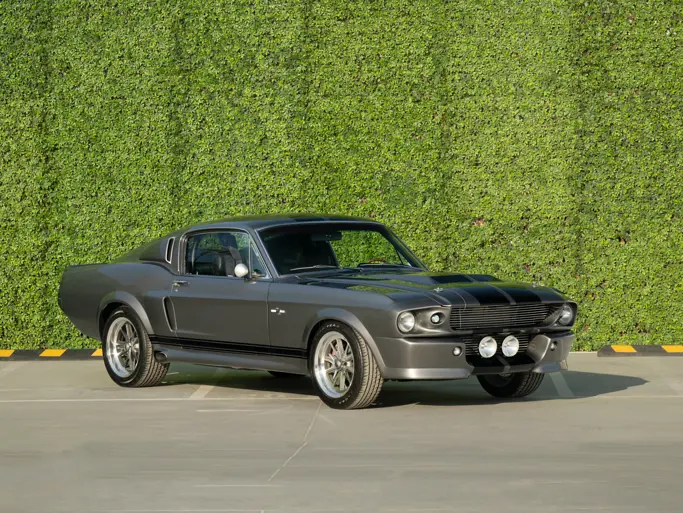135 bhp, 384.84 cu. in. L-head inline eight-cylinder engine, two-barrel carburetor, automatic vacuum clutch, stamped-steel ladder-type chassis, solid front axle, semi-elliptic leaf spring suspension, and four-wheel Lockheed hydraulic drum brakes. Wheelbase: 146"
- Previous concours-level restoration by Stone Barn Restorations
- Formerly the property of Dave Kane
- Best in Class, 2000 Pebble Beach Concours d’Elegance
- A multiple CCCA award winner with 100 points in 2004 and Premier status
- Complete with many desirable period accessories and documentation
Chrysler mounted a serious assault on the American fine car market for 1931 by offering a more affordable luxury car with beautiful styling and strong eight-cylinder performance. The Custom Imperials, with their majestic long-wheelbase chassis, flowing fenders and custom bodies designed and built by LeBaron, remain among the finest design masterpieces of the Classic Era.
The 1932 and 1933 chassis was a refinement of the 1931 Chrysler CG series, renamed the CL Imperial. The 1932 styling was clearly an improvement over 1931. Changes for 1933 marked yet another leap forward and included a more imposing frontal view and a sharply pointed grille that blended into the remarkably long hood line, achieved by overlapping the cowl and extending it to the raked split windshield. In many ways, the 1933 models represent Chrysler’s ultimate aesthetic statement of the Classic Era.
The design firm of LeBaron Carrossiers Inc. was founded in 1920 by two of the most respected names from the era of the great coachbuilders, Thomas L. Hibbard and Raymond Dietrich. Most interesting, Hibbard and Dietrich chose to operate only a design office, without actual coachbuilding facilities. This arrangement allowed them the flexibility to work independently from, yet with, chassis manufacturers and coachbuilding firms.
Design work flowed in, and soon Ralph Roberts, who knew Dietrich from his time at Brewster, approached the pair, joining the firm as a full partner. After a 1923 trip to Paris where he met American Howard “Dutch” Darrin, Hibbard sold his shares in LeBaron to Roberts and Dietrich and moved to Paris to establish Hibbard & Darrin. At this point, LeBaron hired Werner Gubitz and Roland Stickney as draftsmen, designers and illustrators. Dietrich continued as chief designer while Roberts managed the business. Before long, Murray recruited Dietrich away, removing the firm’s other founding partner.
Nonetheless, LeBaron continued to prosper. Roberts had a good eye for design and an excellent rapport with LeBaron's clientele. He and Stickney made a great team, with Stickney refining and implementing Roberts' original ideas. In 1927, Briggs, one of Detroit's largest body builders, acquired LeBaron, and in effect, LeBaron became Briggs' in-house design label, much as Dietrich had become Murray's.
Shortly afterwards, Briggs hired designer John Tjaarda, and he and Roberts assumed joint responsibility for running LeBaron. Together with their design staff, the two men were responsible for LeBaron's designs for the next several years as the company was now ideally positioned to take full advantage of the strong demand for coachbuilt bodies that developed throughout the 1920s. Design work flowed in from Duesenberg, Marmon and, of course, Chrysler.
Chrysler ordered 50 Dual Windshield Phaeton bodies from LeBaron in 1932. Fourteen were shipped in 1932, although a few are believed to have been returned to the factory for updating with 1933 sheet metal and trim. Other than these updates, 36 were originally built as 1933 models. Remarkably, it is believed that at least 27 of the original 36 Dual Windshield Phaetons survive today.
This stunning example has been enjoyed by a limited number of registered owners. Previous title documents indicate that Quentin Craft of Prescott, Arizona owned the Chrysler as early as 1952. In 1966, Mr. Craft sold it to Earl J. Broyles of Fredericksburg, Virginia. We understand that the next owner purchased it directly from Mr. Broyles. At that time, the car was in older restored condition, finished in two-tone cream with tan fenders.
The Chrysler eventually found its way into the esteemed collection of New Jersey resident and collector Mr. Dave Kane. Following acquisition, the Chrysler was delivered to Stone Barn Restorations of Vienna, New Jersey for a concours-level restoration. At Pebble Beach in 2000, the Chrysler won Best in Class in the American Classic Open 1933-1941 category, and in 2004, it earned a perfect 100-point score at the 2004 CCCA Michigan Region Annual Meeting. Since then, the car has achieved Premier CCCA status (Senior Number 2203SP), automatically allowing the Chrysler to be shown in the Premier Class indefinitely.
This CL Imperial Custom is undoubtedly one of the most impressively restored and striking Dual Windshield Phaetons in existence. The colors are a handsome blend of black with dark green leather upholstery and matching pinstriping, accented by a low-slung tan convertible top and matching carpeting. It is very well equipped with period accessories, including a complete set of fully restored side curtains, a matching convertible top boot, dual hard covered side-mounts, dual horns, wide whitewall tires, Flex Beam headlamps, dual taillights, dual windshield wipers, an original and complete toolkit, an original trunk and a correct Chrysler gazelle hood ornament.
RM Auctions had the pleasure of offering and selling the Chrysler on behalf of Mr. Kane at the Amelia Island auction in March of 2005, at which point the current owner, a meticulous and thoughtful Florida collector, purchased the car for his esteemed collection. Since then the Chrysler has been lovingly maintained to exacting standards and remains in superior condition.
Beautifully presented, this impeccably restored and well maintained multiple award winner represents a fantastic opportunity to resume its show-winning ways or provide an enjoyable and welcome entry into a multitude of classic tours and events.

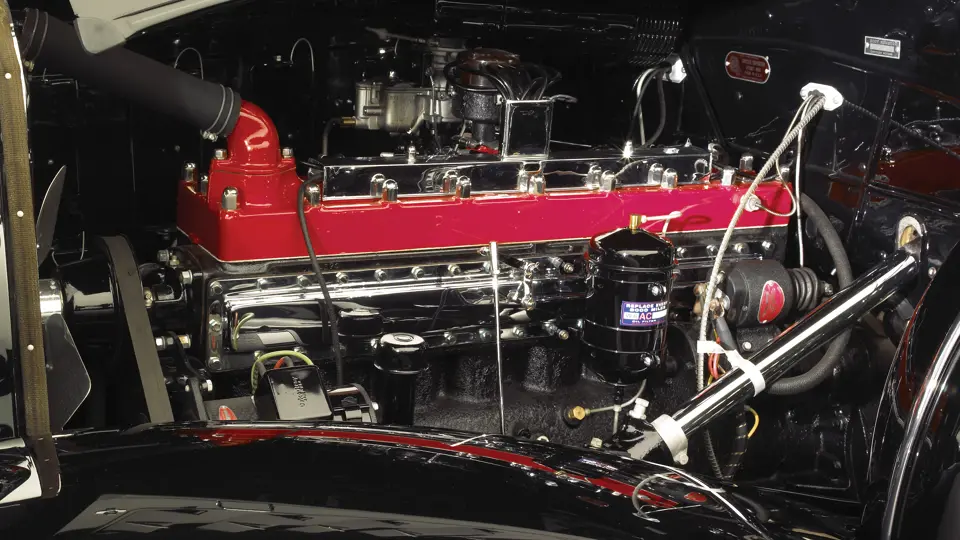
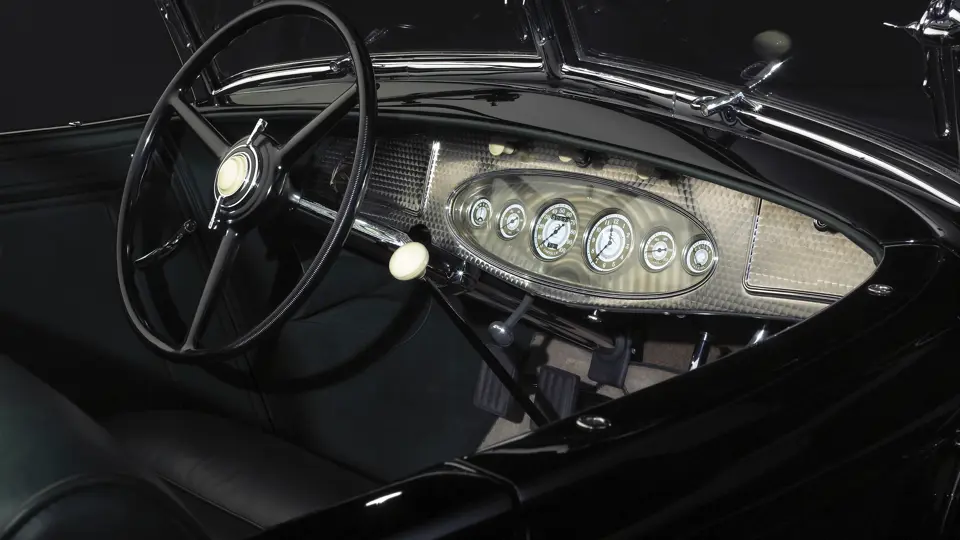





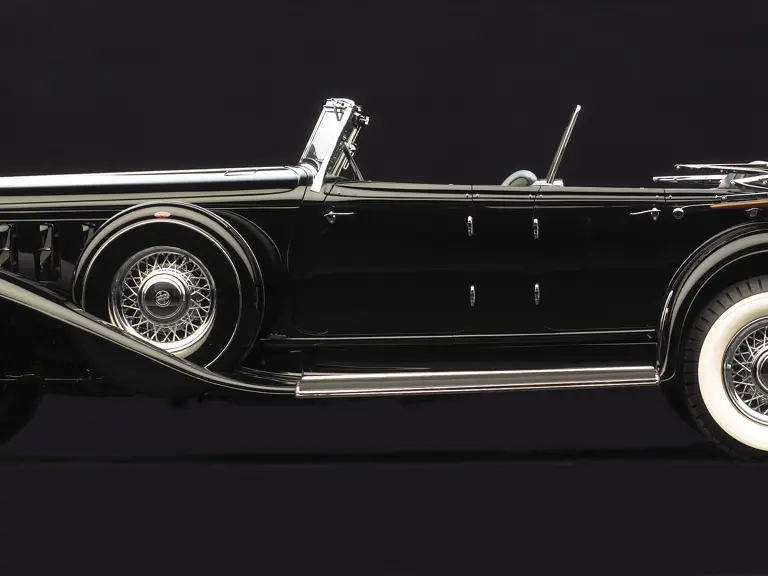

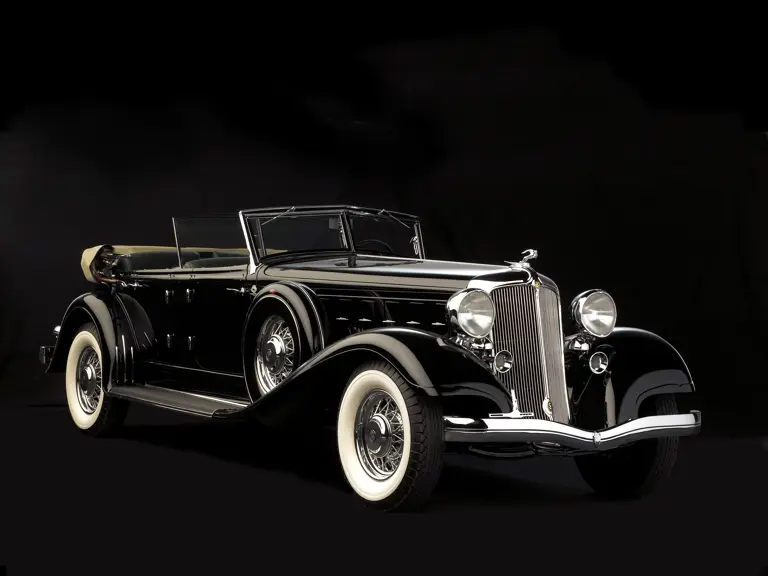


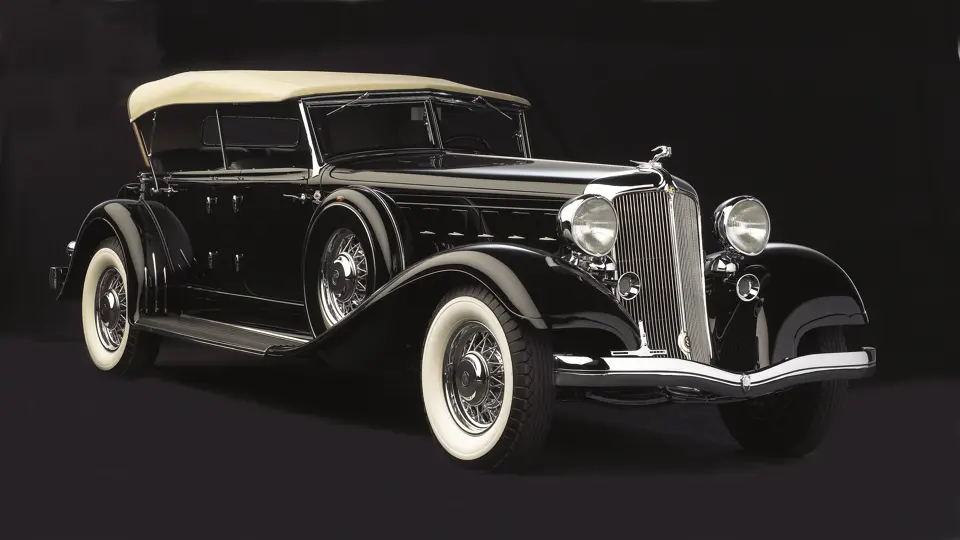
 | Monterey, California
| Monterey, California
